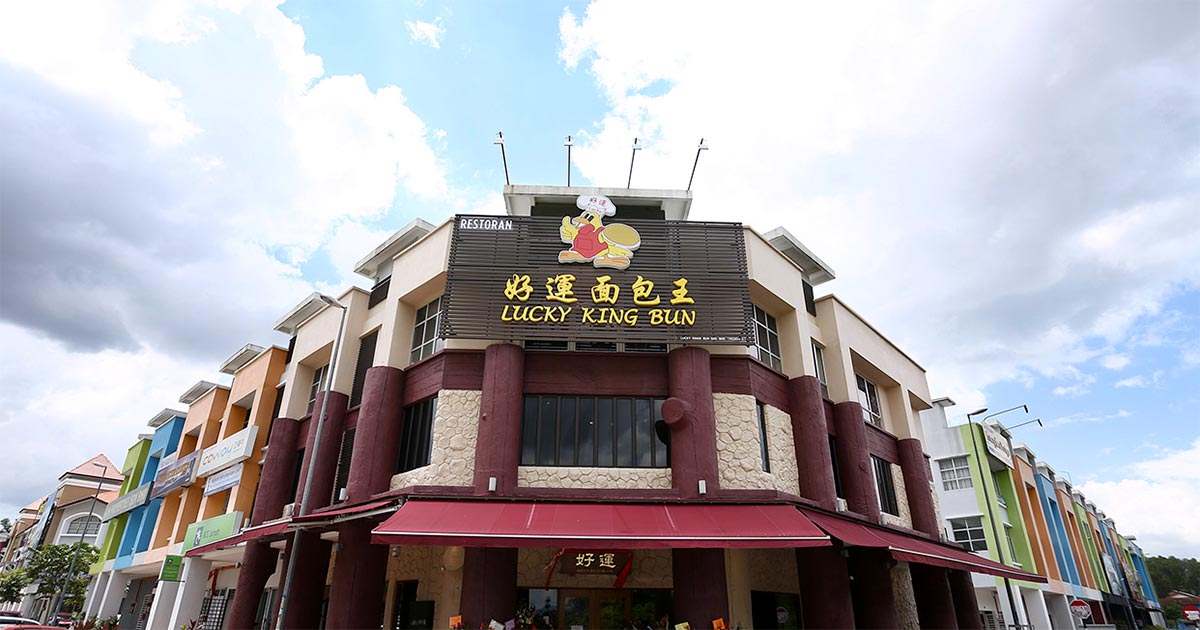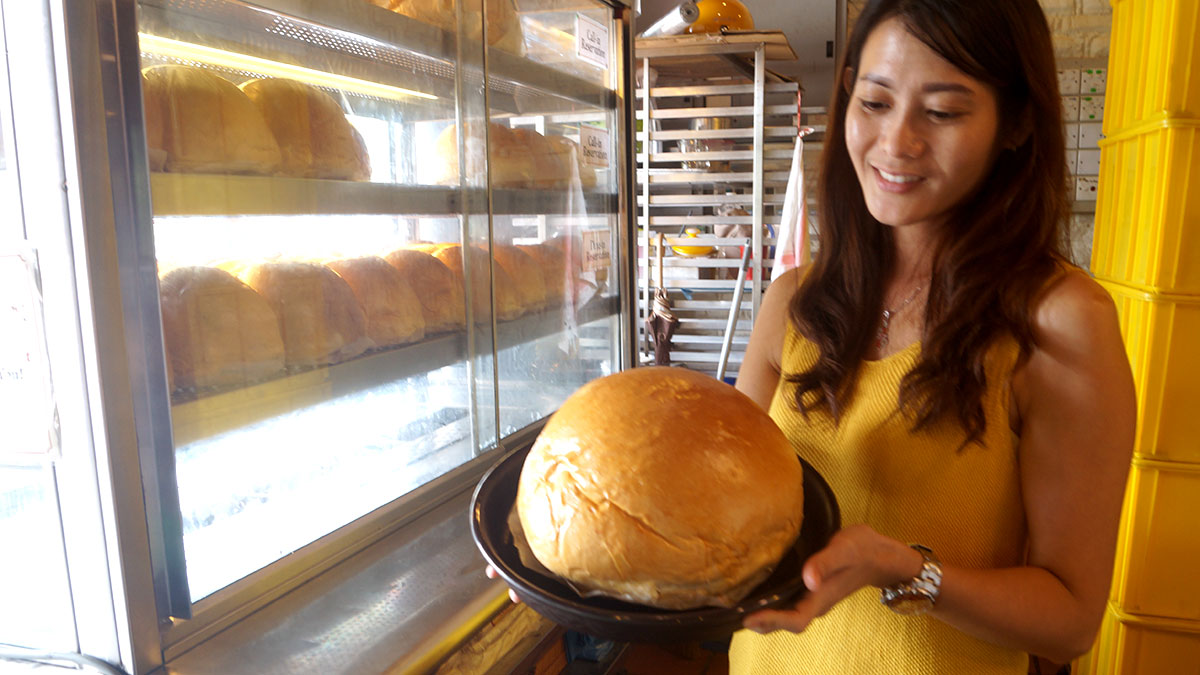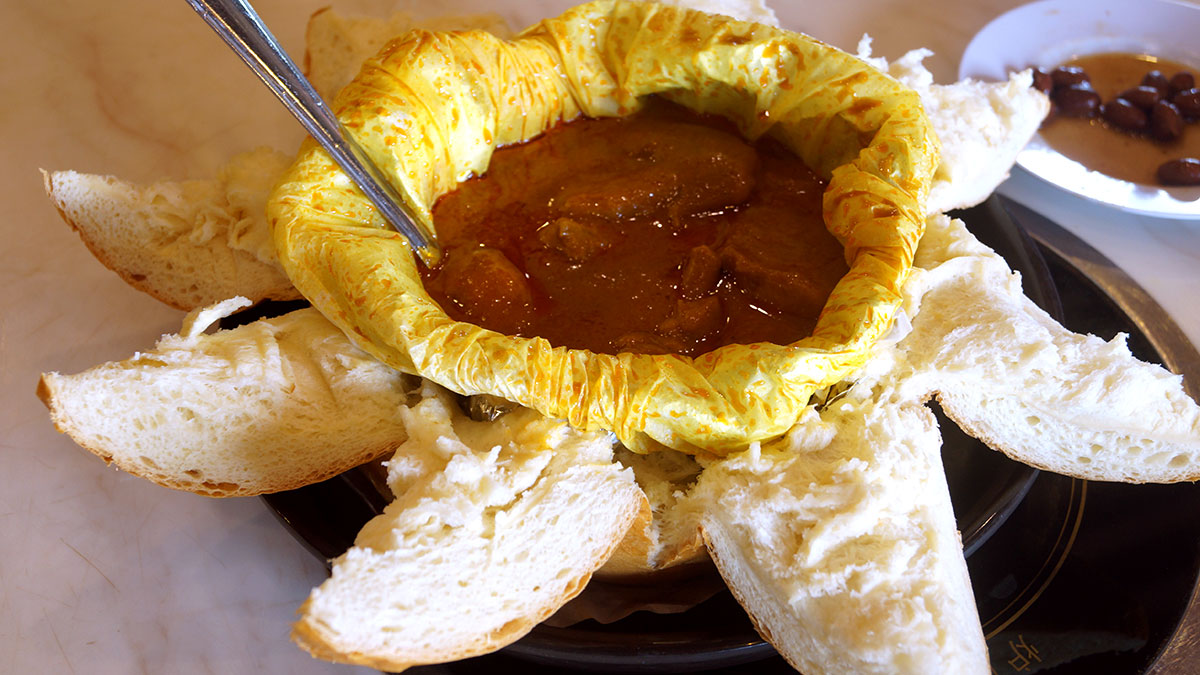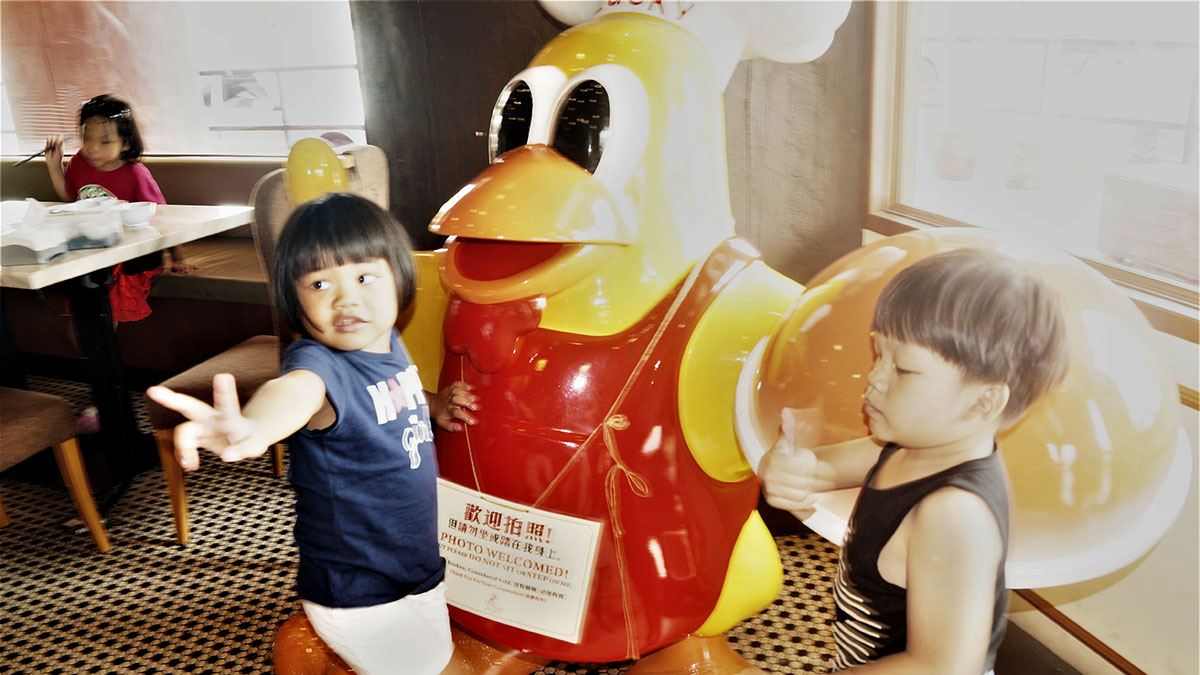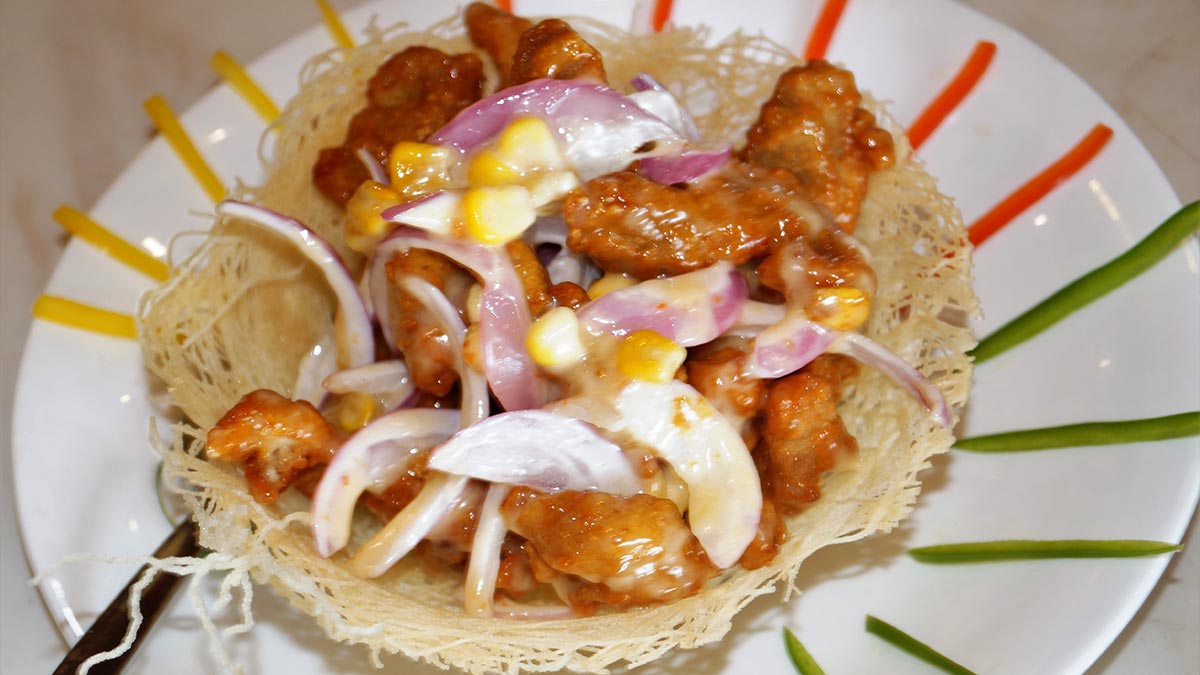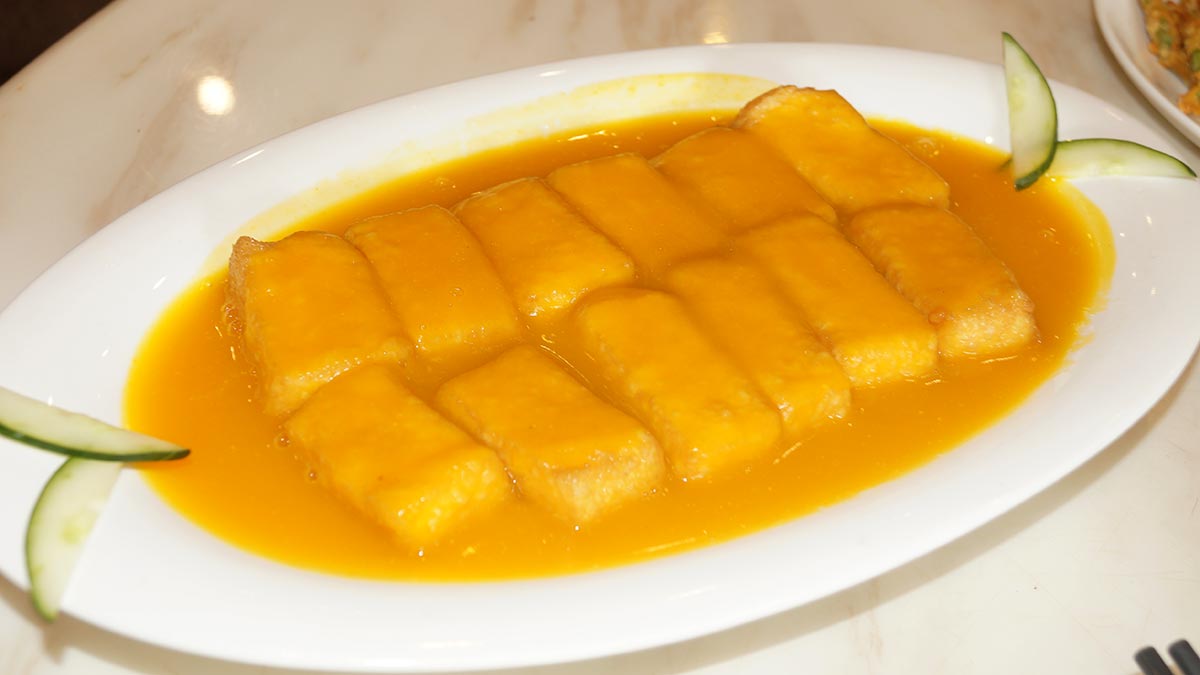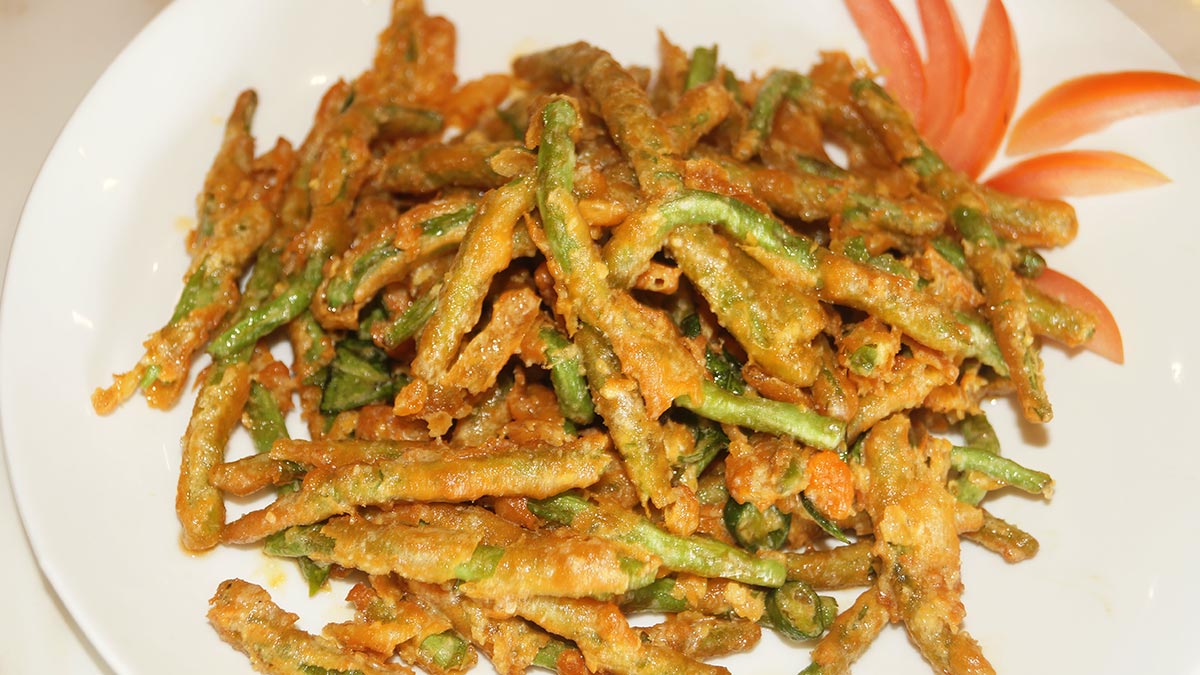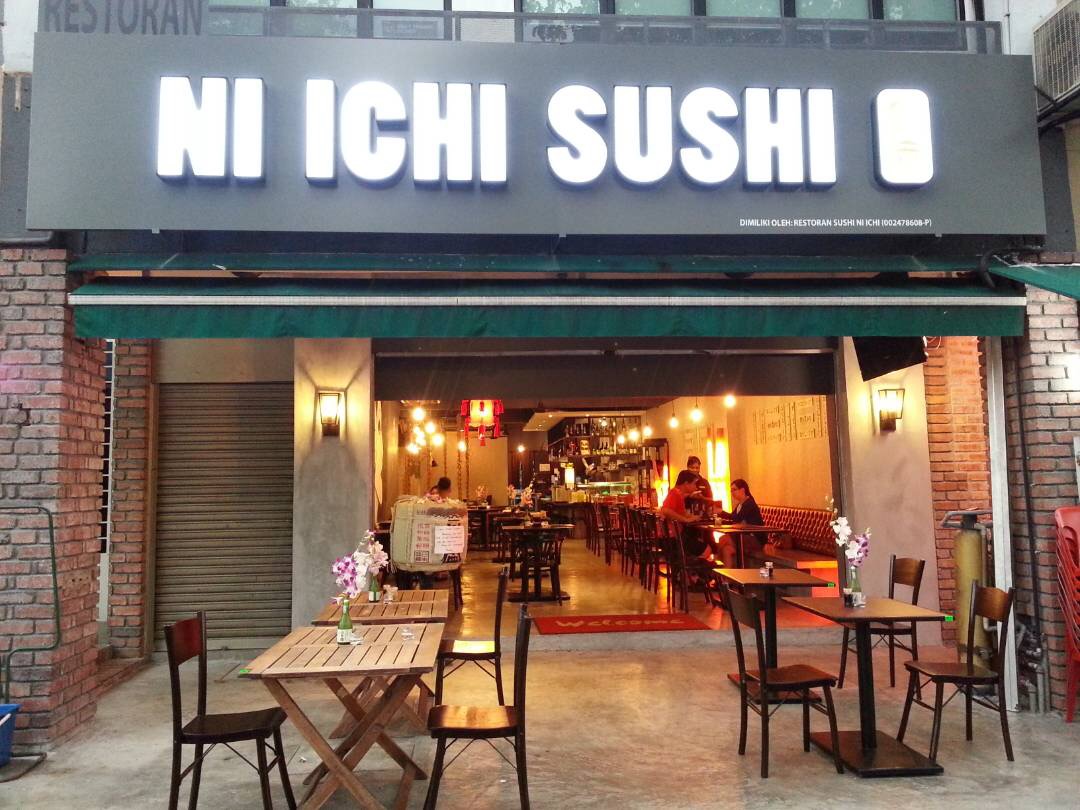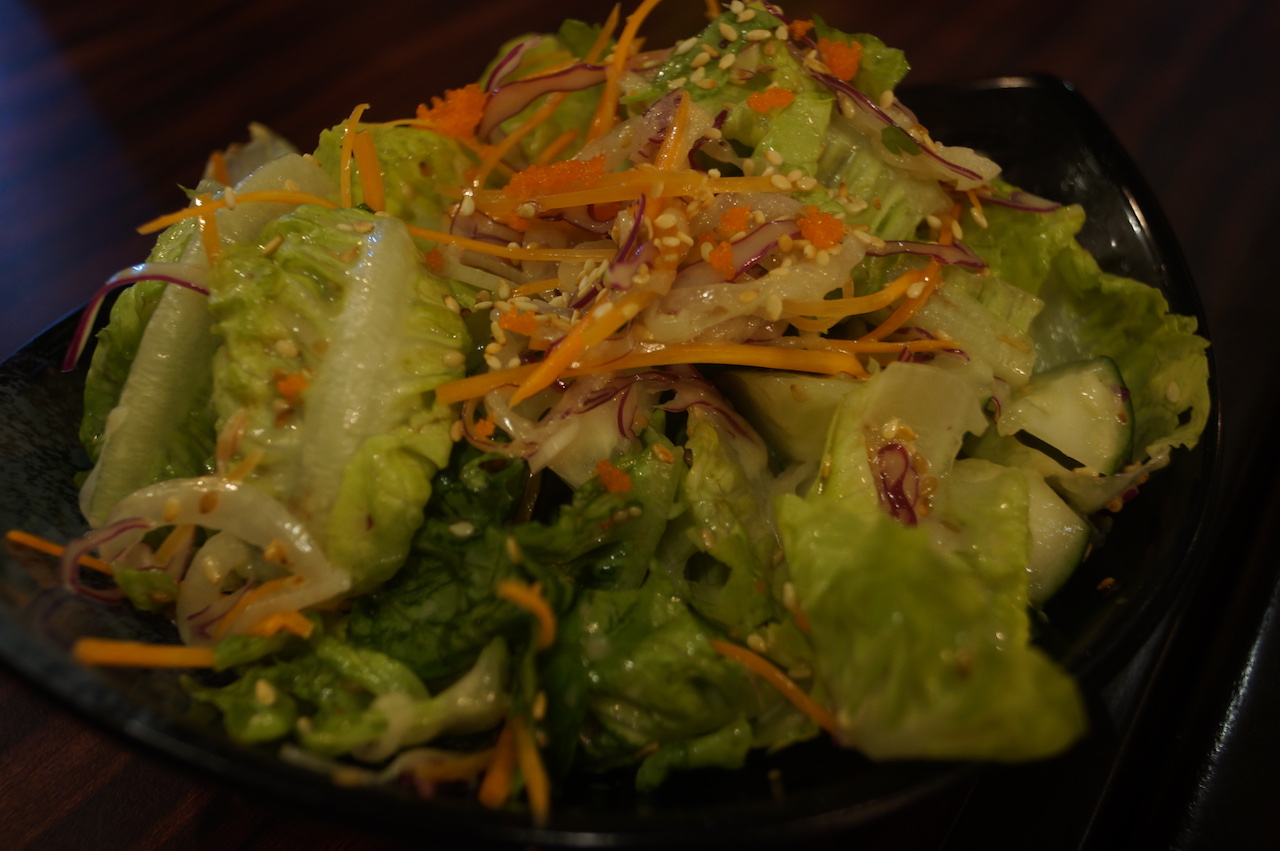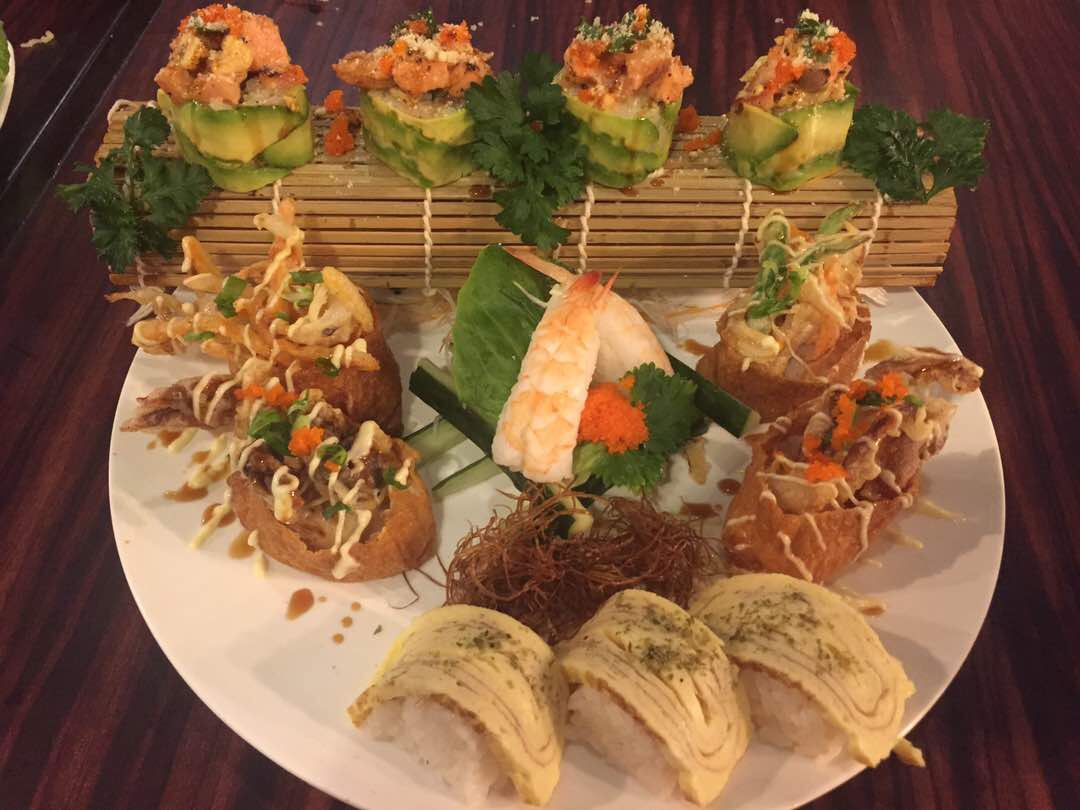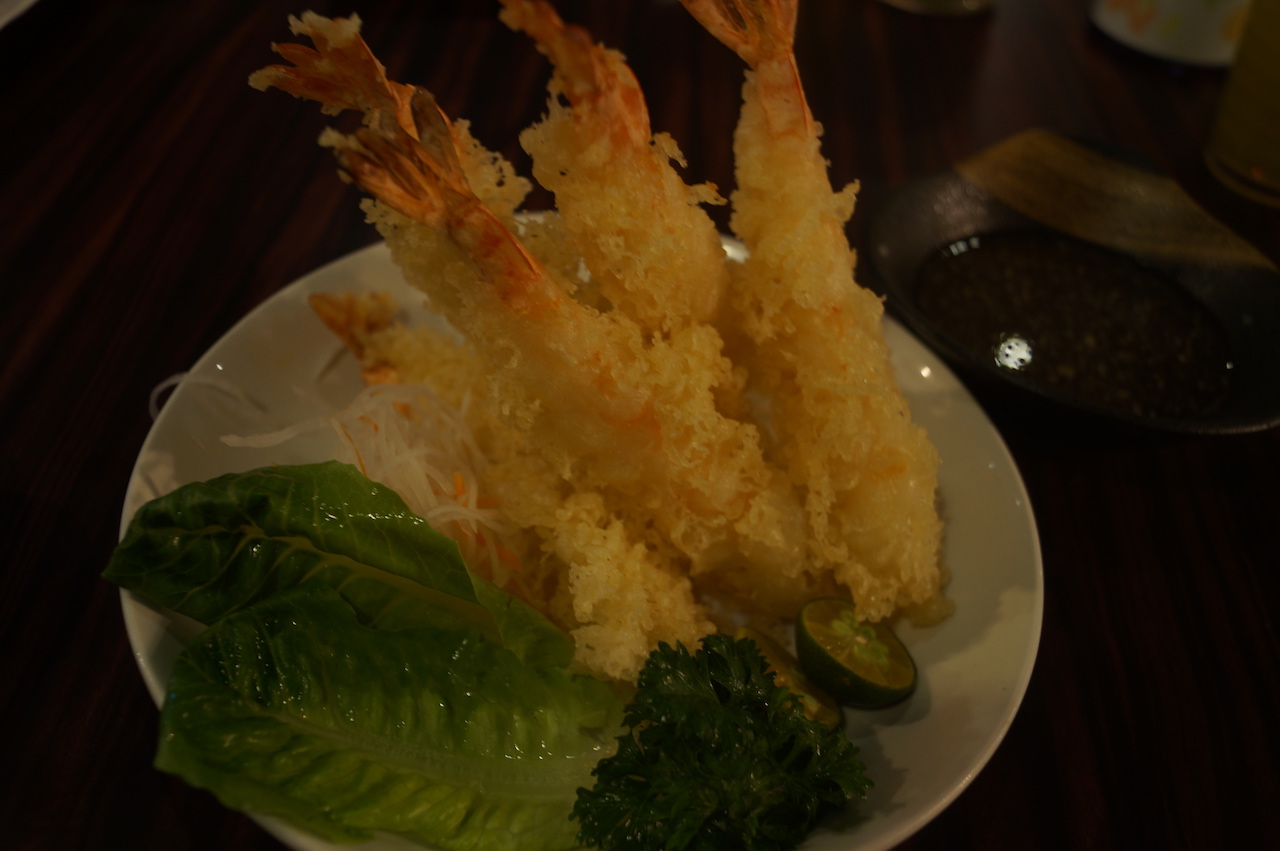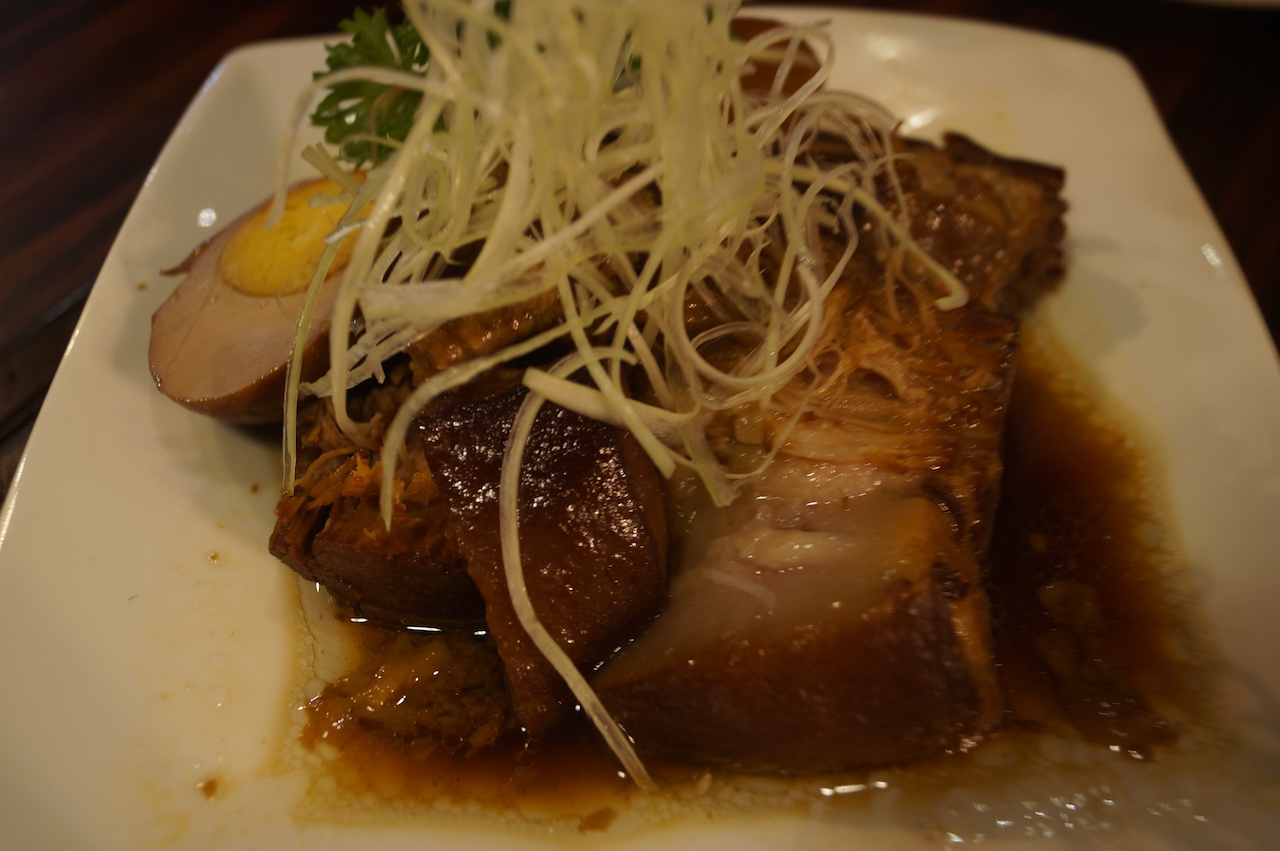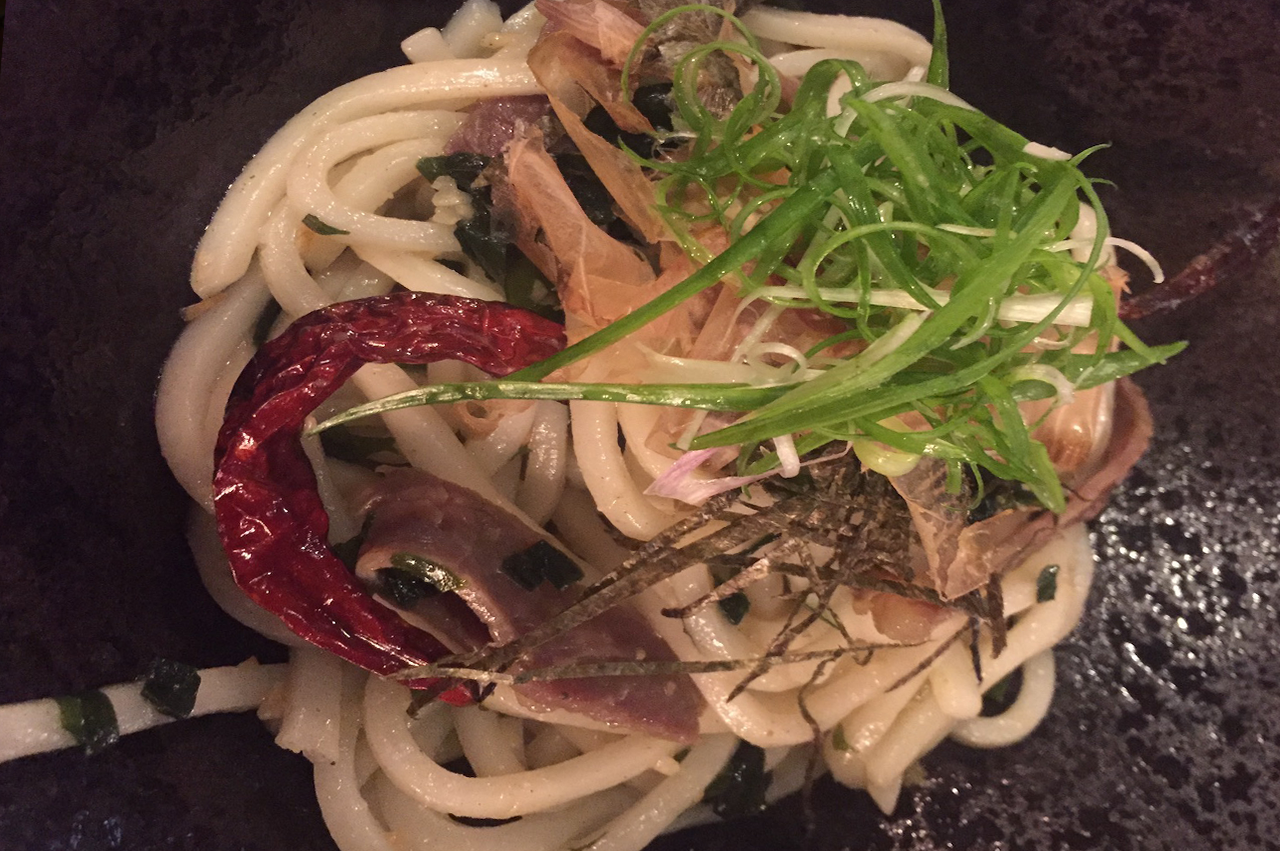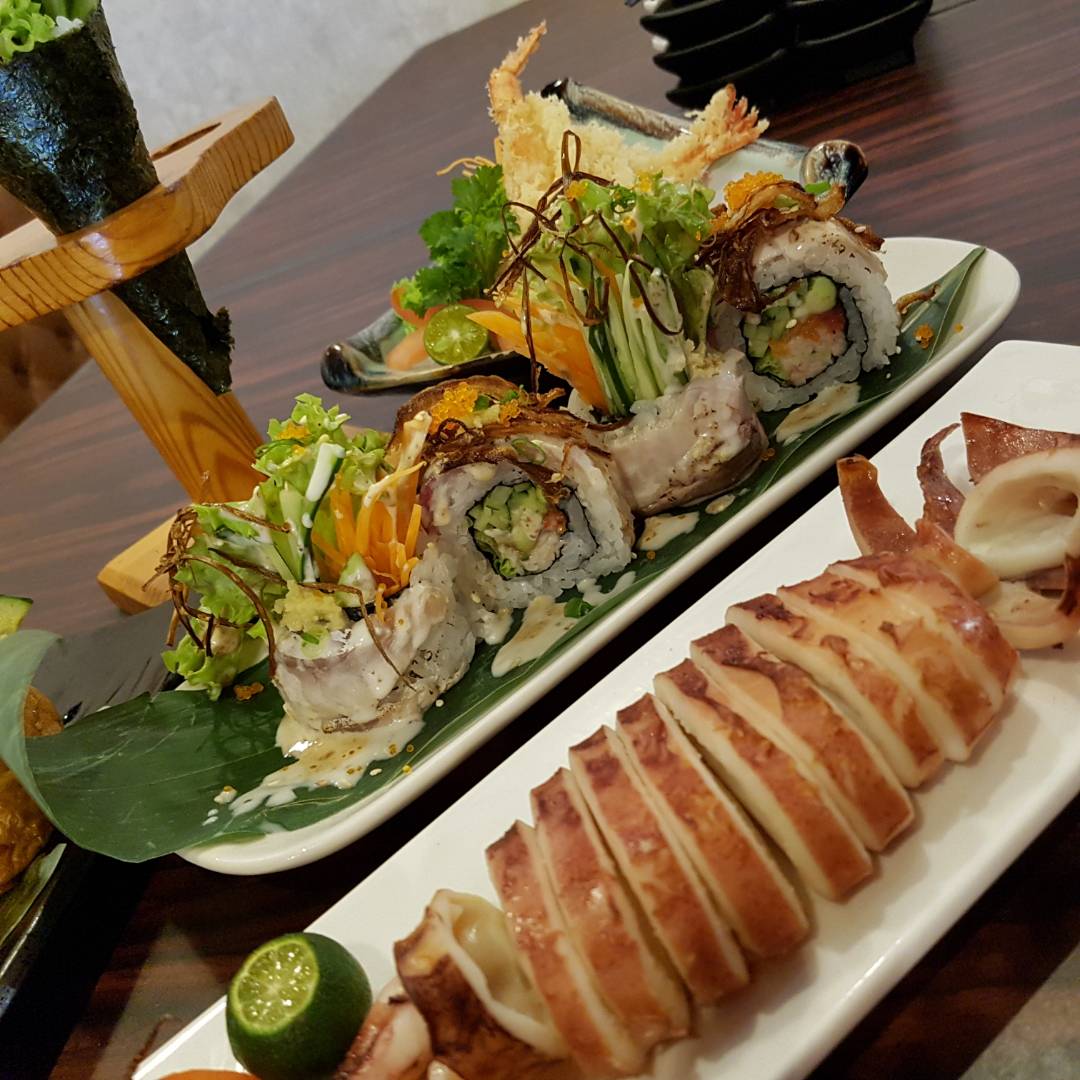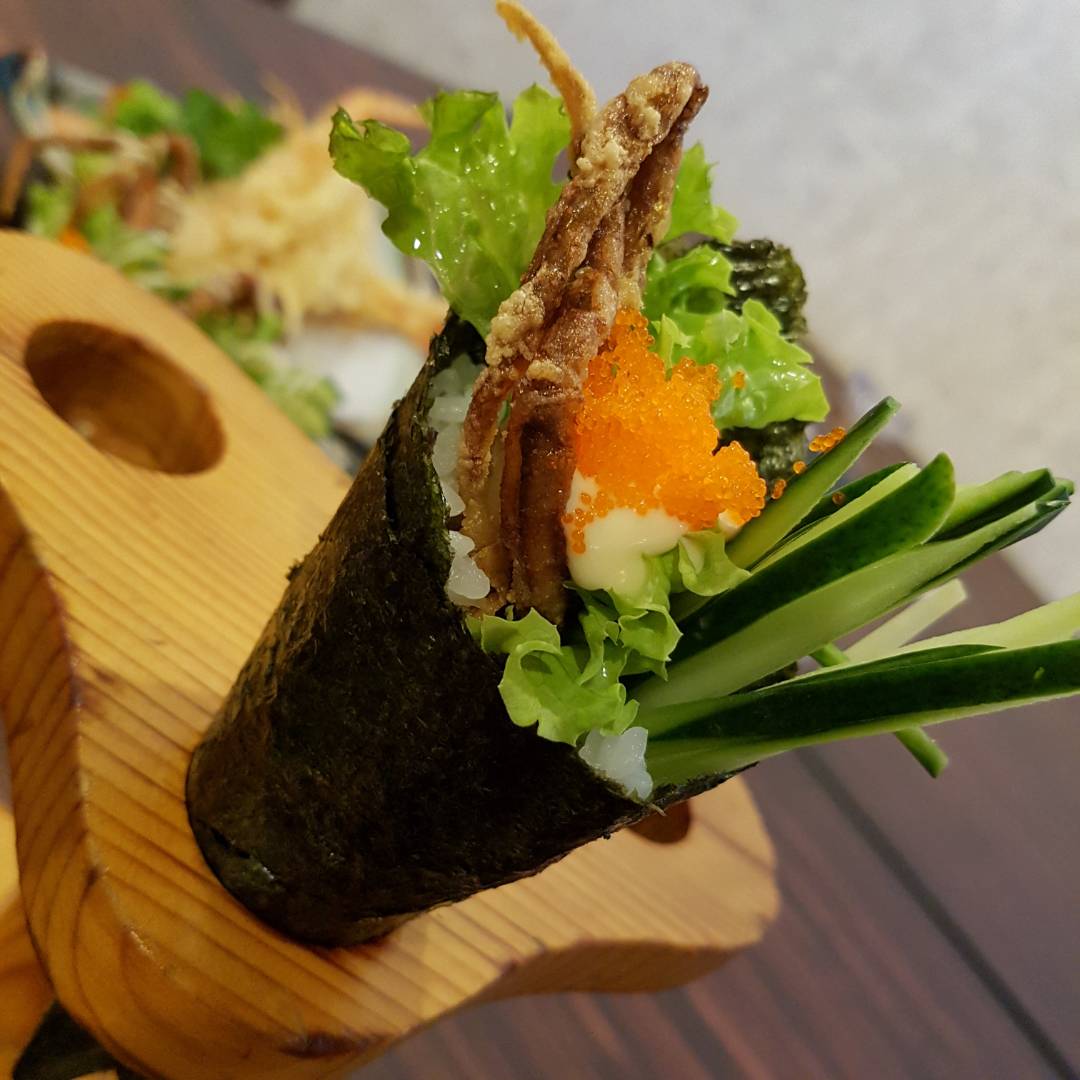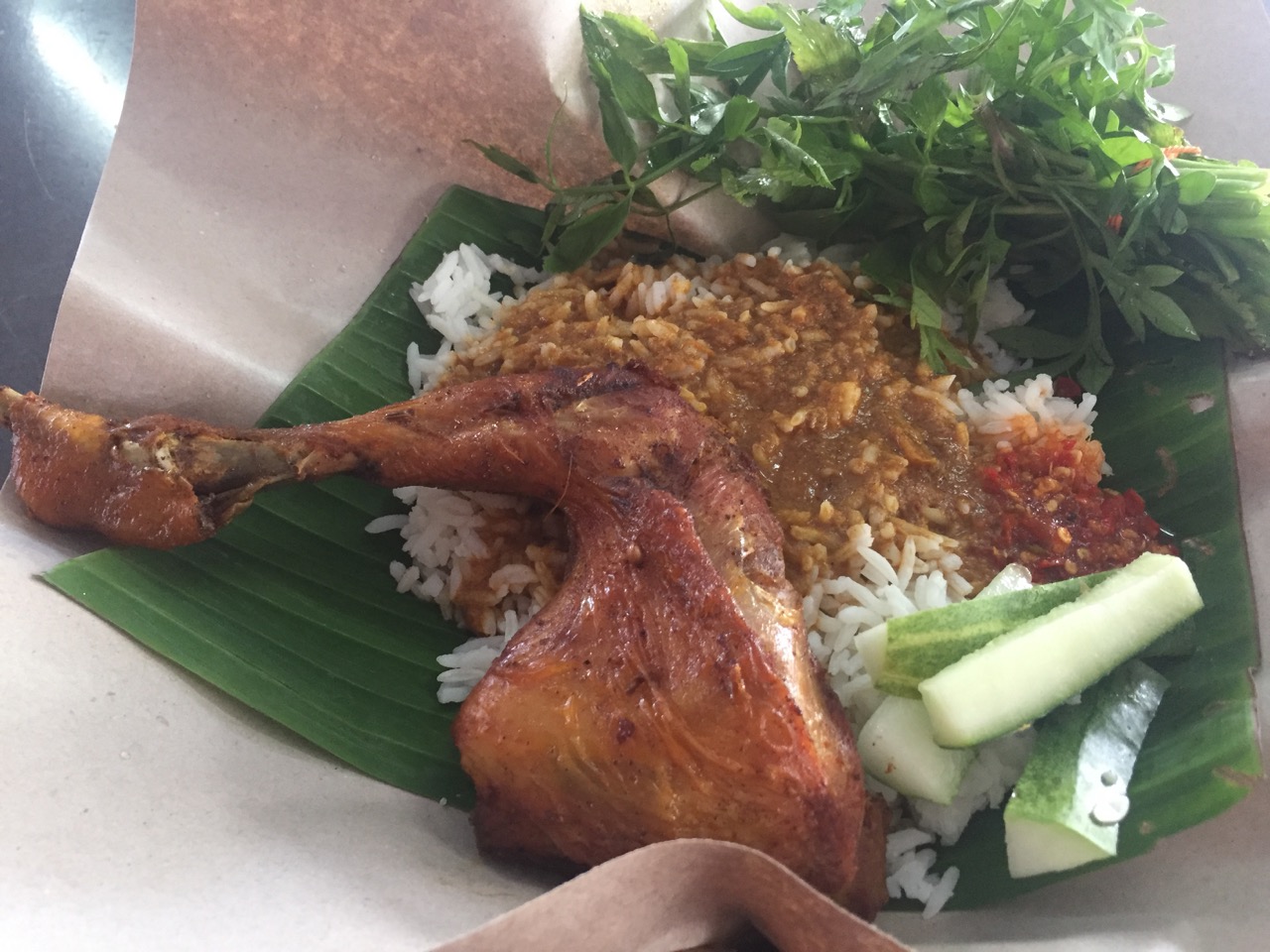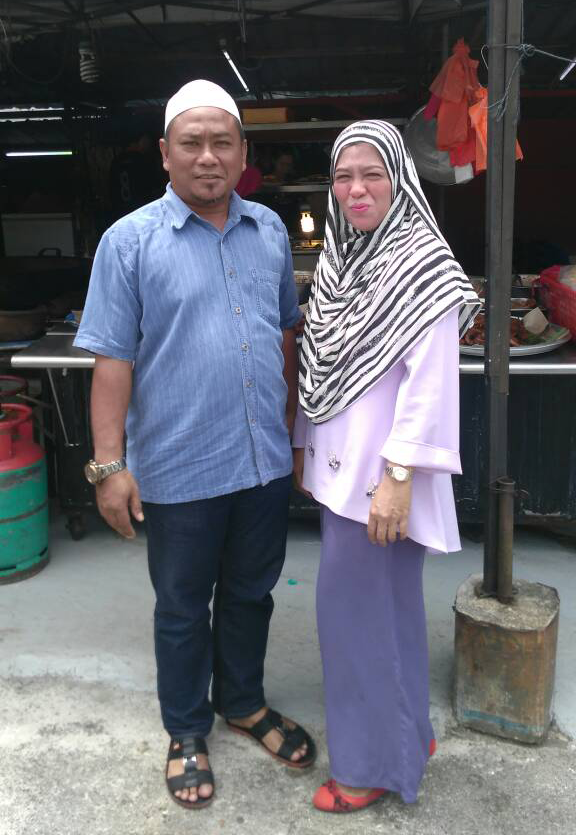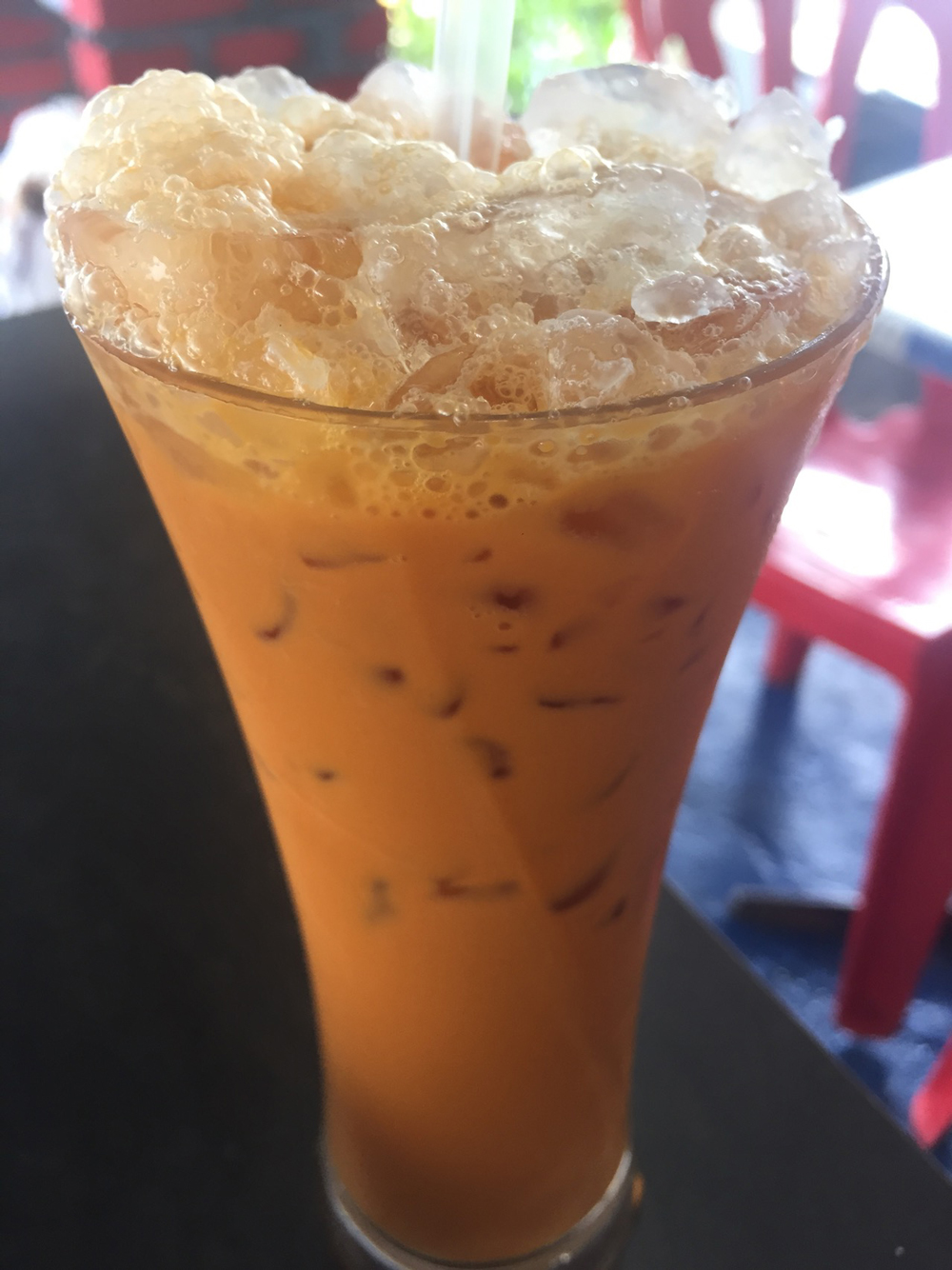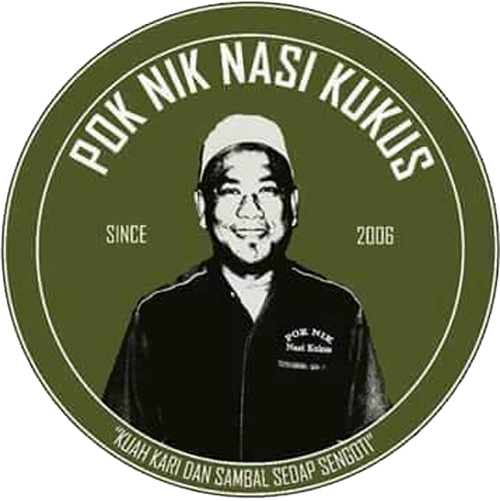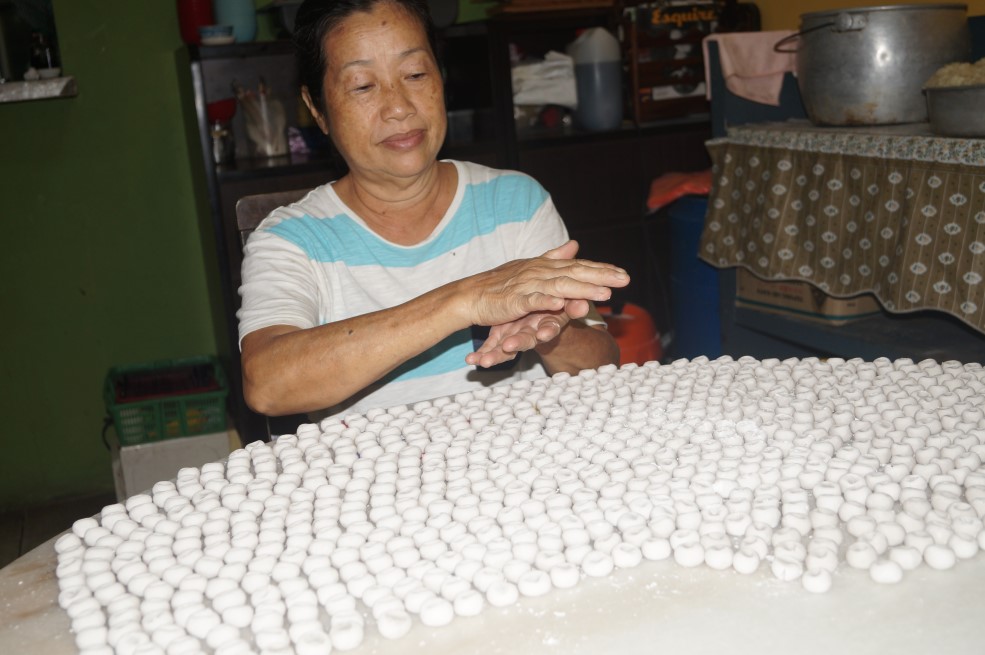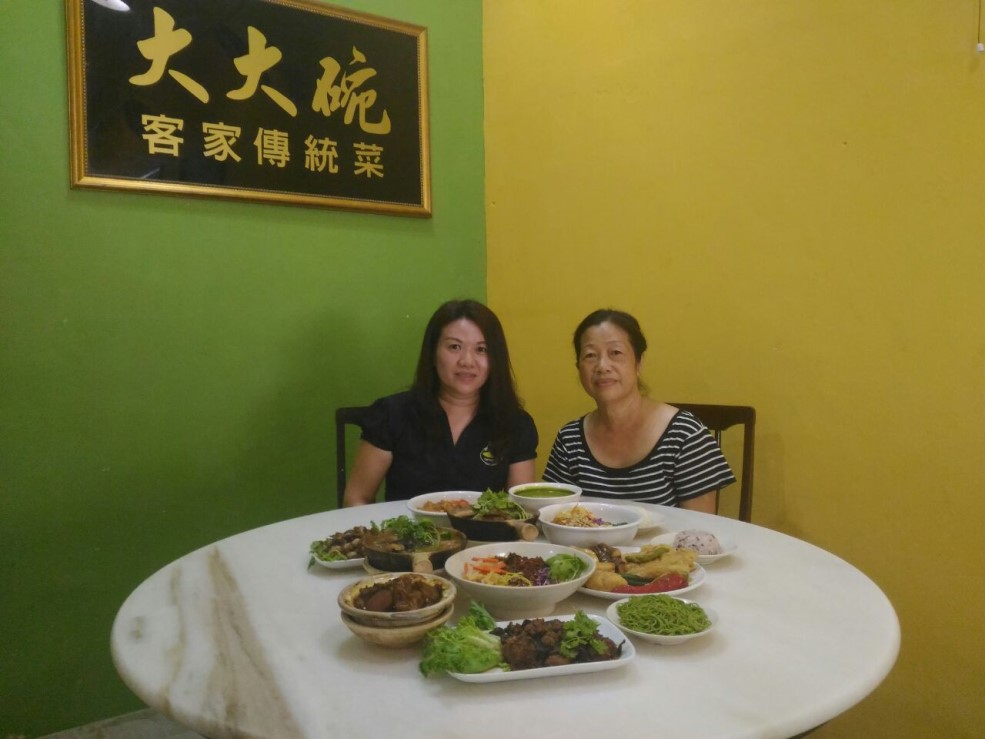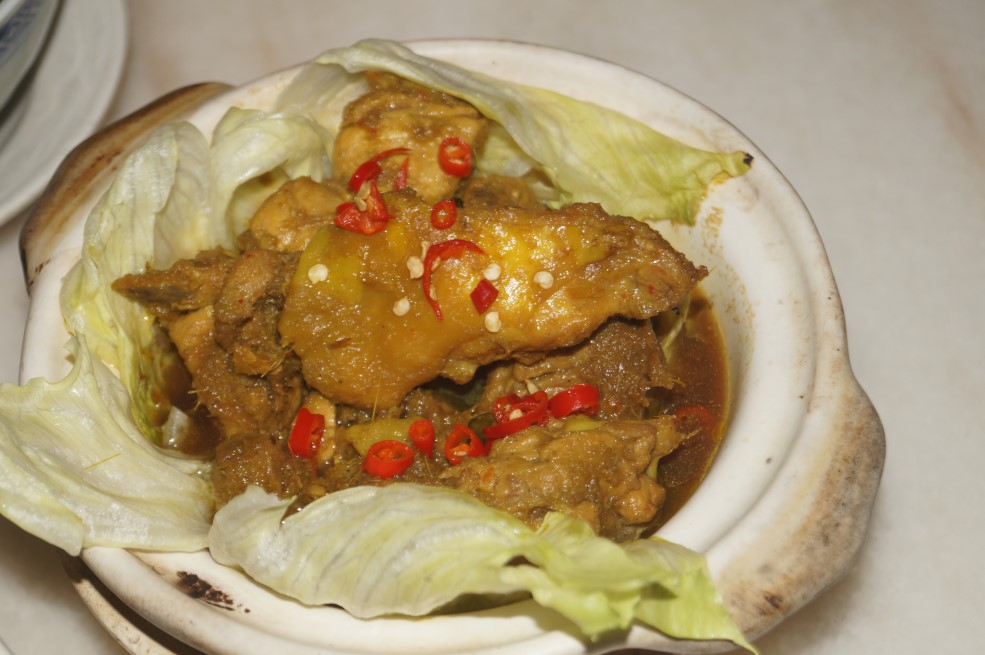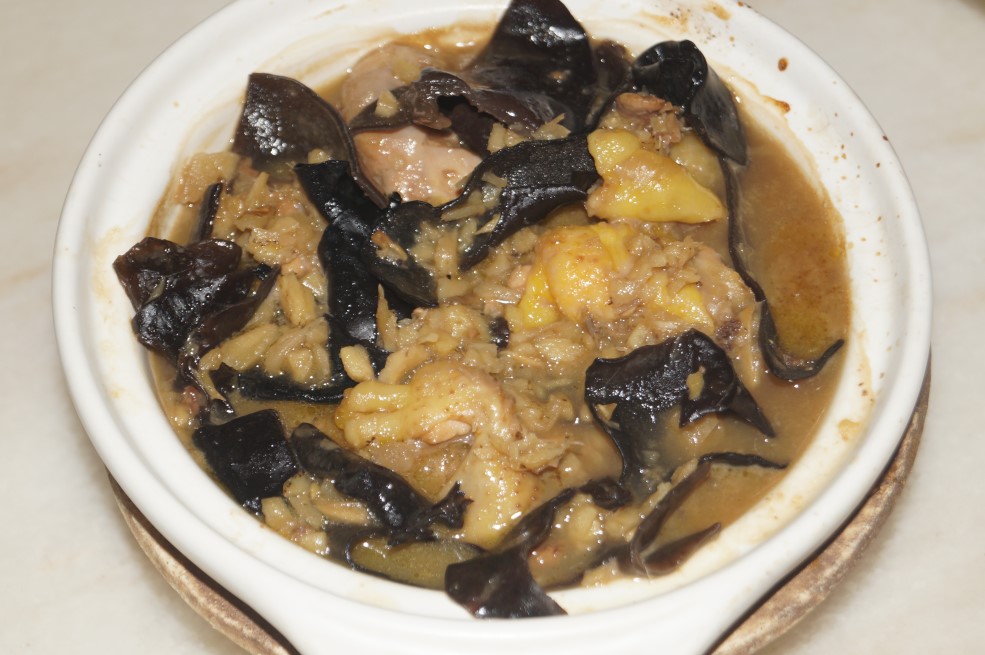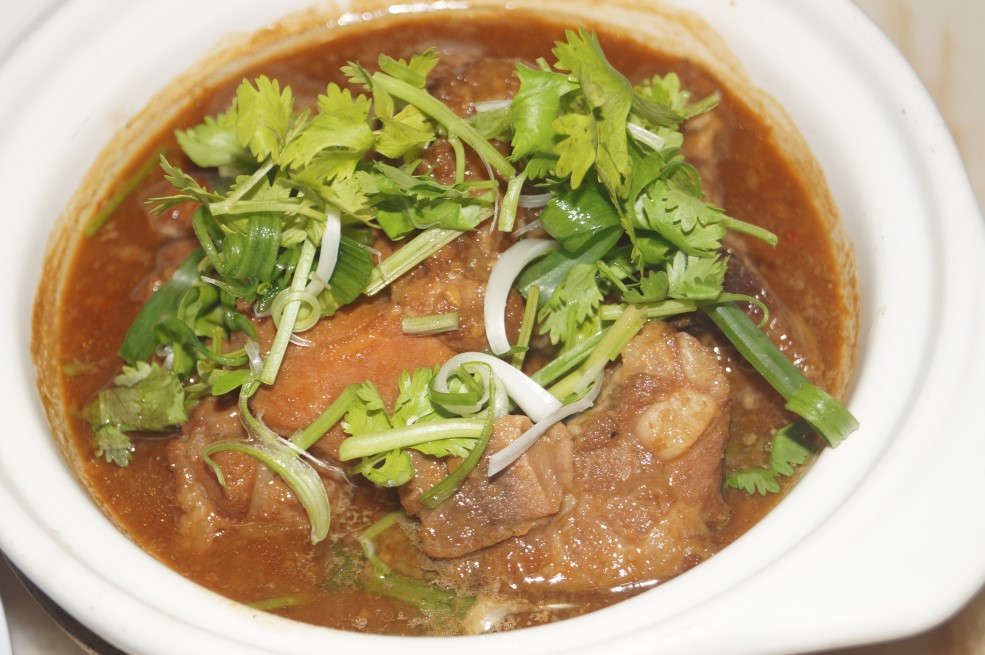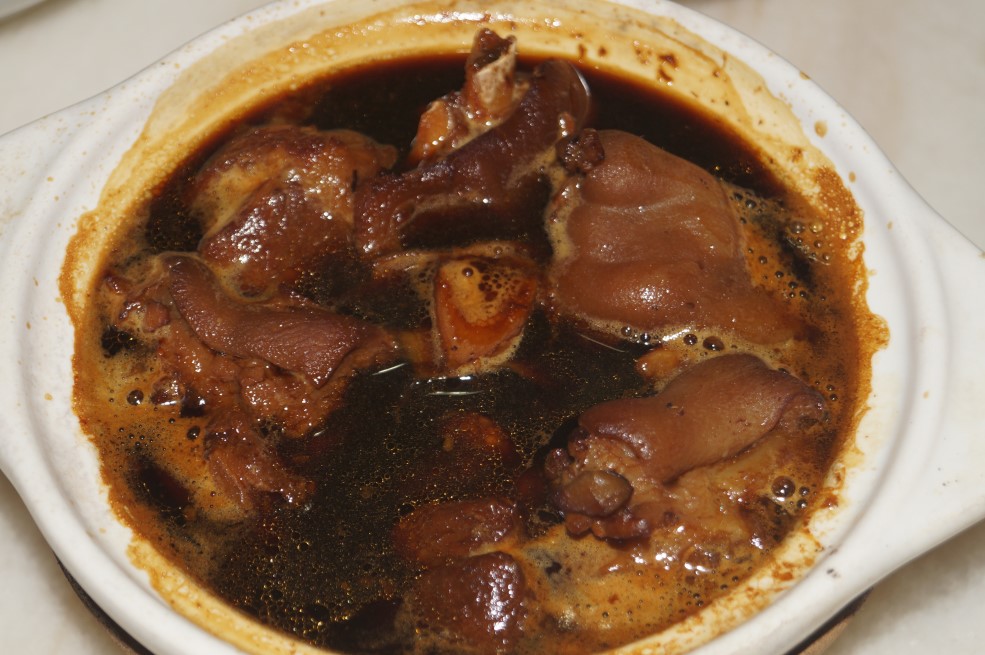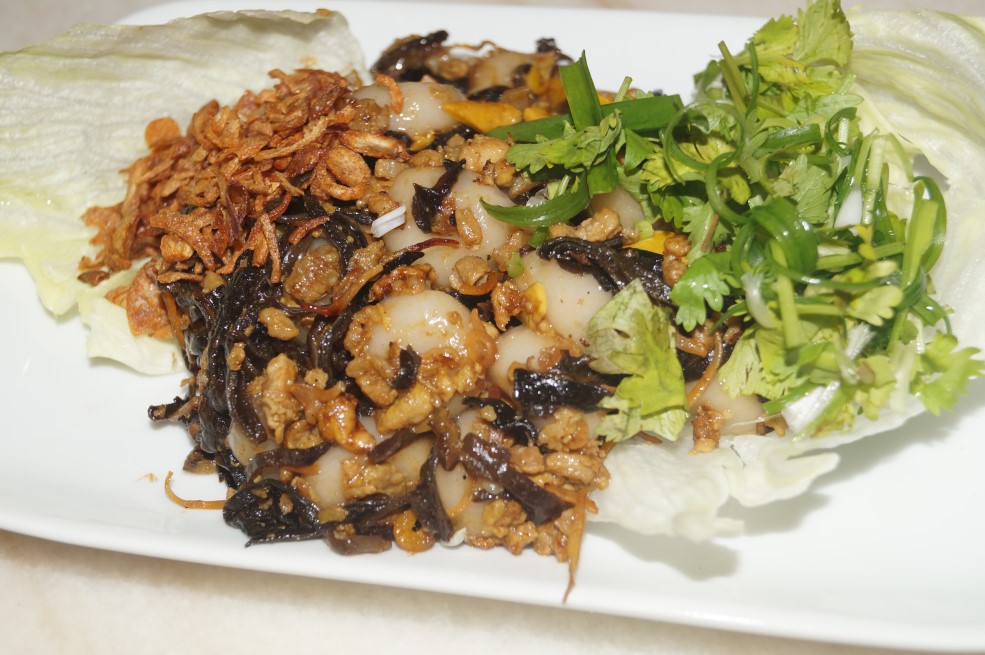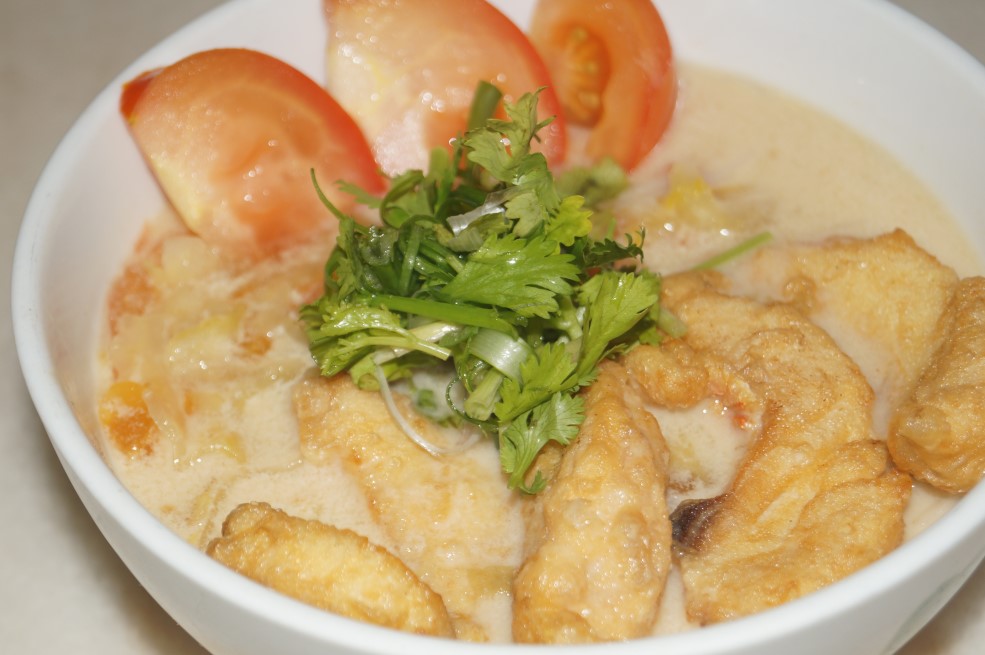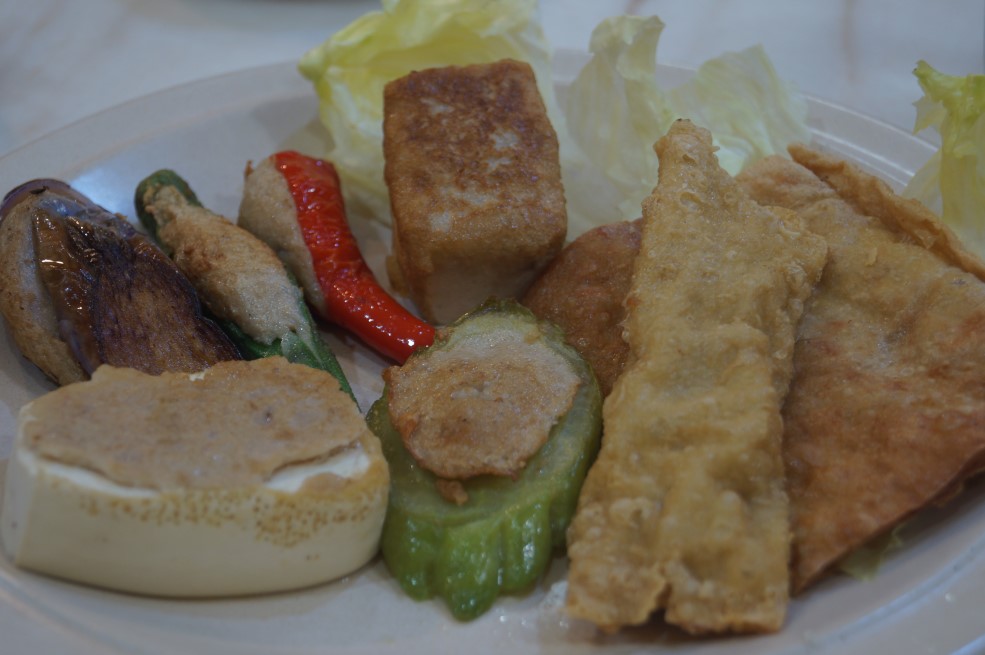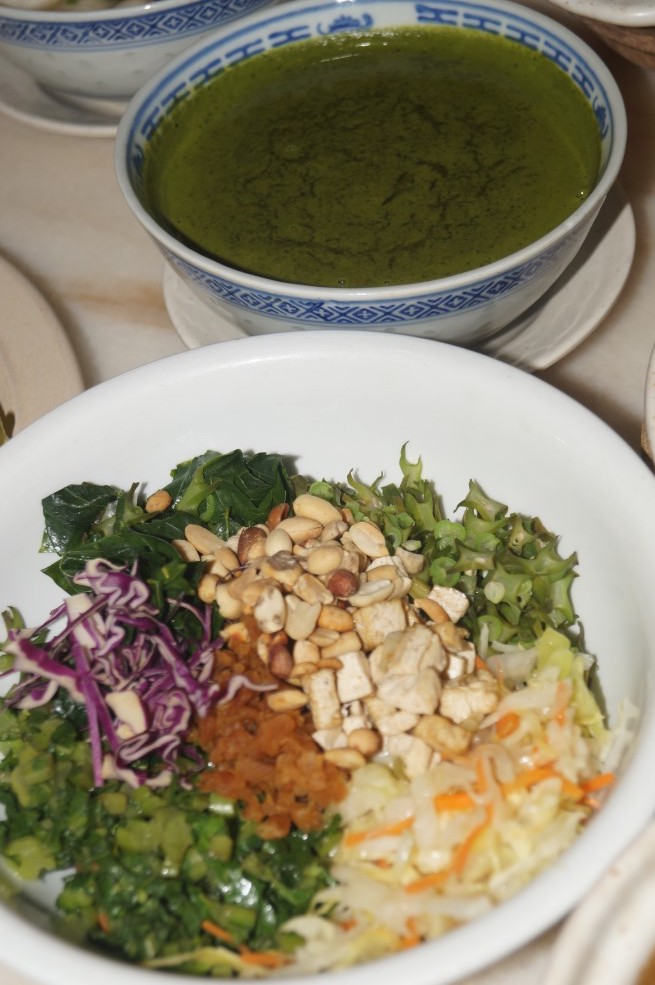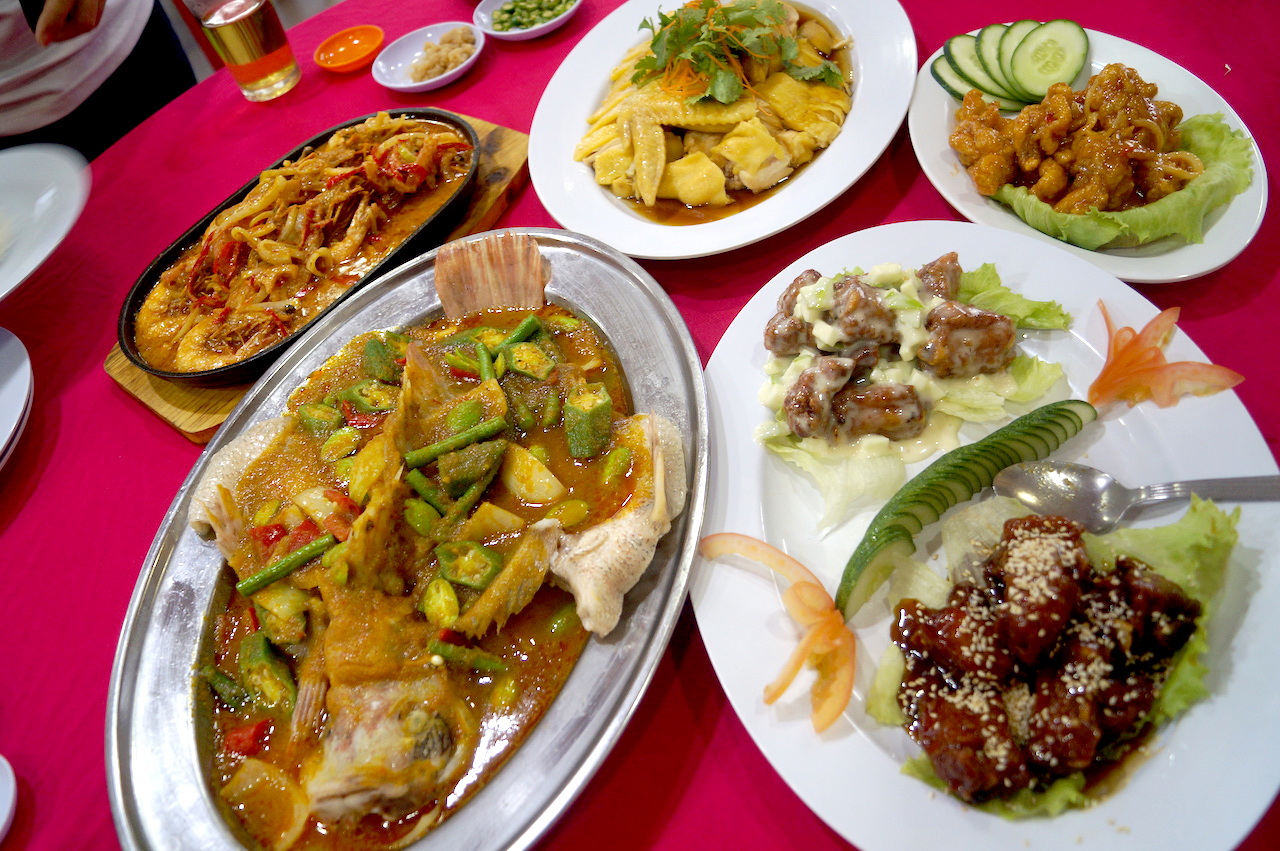
Restoran Seat In Kent is known for great tastes and reasonable prices
Restoran Seat In Kent is known for great tastes and reasonable prices
Taste buds can be such a big contrast, when it comes to selection of preference for food.
While David Yong, a schoolmate of mine, picked the dish of steamed kampung chicken as his No 1 dish after a food review session at Restoran Seat In Kent in Desa Jaya, his last on the list was in fact my No 1 dish and the restaurant’s signature dish – the Nyonya steamed fish.
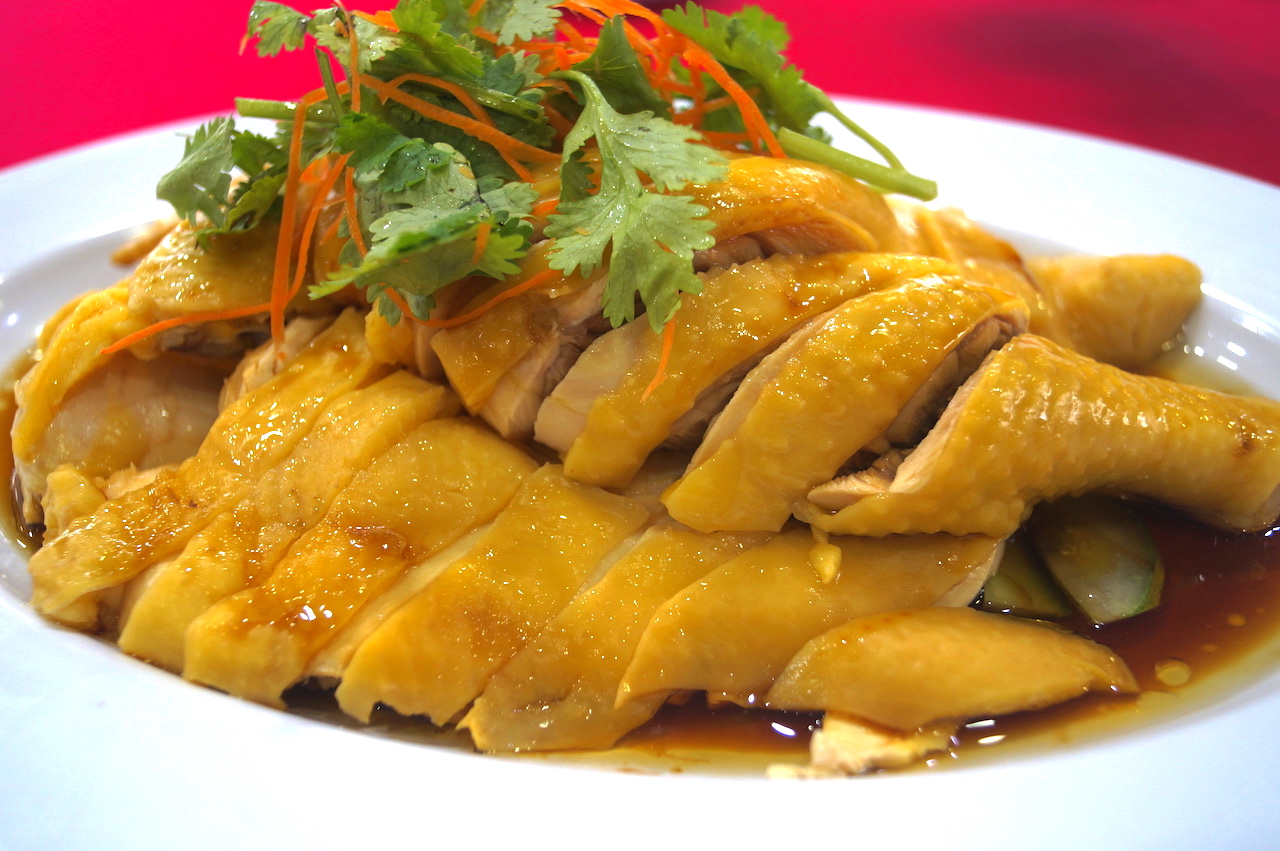
In fact, it was my wife who asked for the dish to be included, although she could not make it for the food tasting session herself. Like me, she loves the Nyonya-style of preparing the fish, with its perfect combination of slightly sweet and spicy tastes.
Admittedly, my friend then explained:“Well, I do not go for the Nyonya type of food.” That explains it! The steamed kampung chicken which was his No 1 dish was the last dish on my list.
Surprisingly, another schoolmate of mine, Richard Voon who simply falls in love with chicken rice anywhere and everywhere he goes, picked the steamed kampung chicken as his No 1, too.
“I have eaten steamed chicken and rice in many places, but there is something in this signature dish that makes it very unique,” he said.
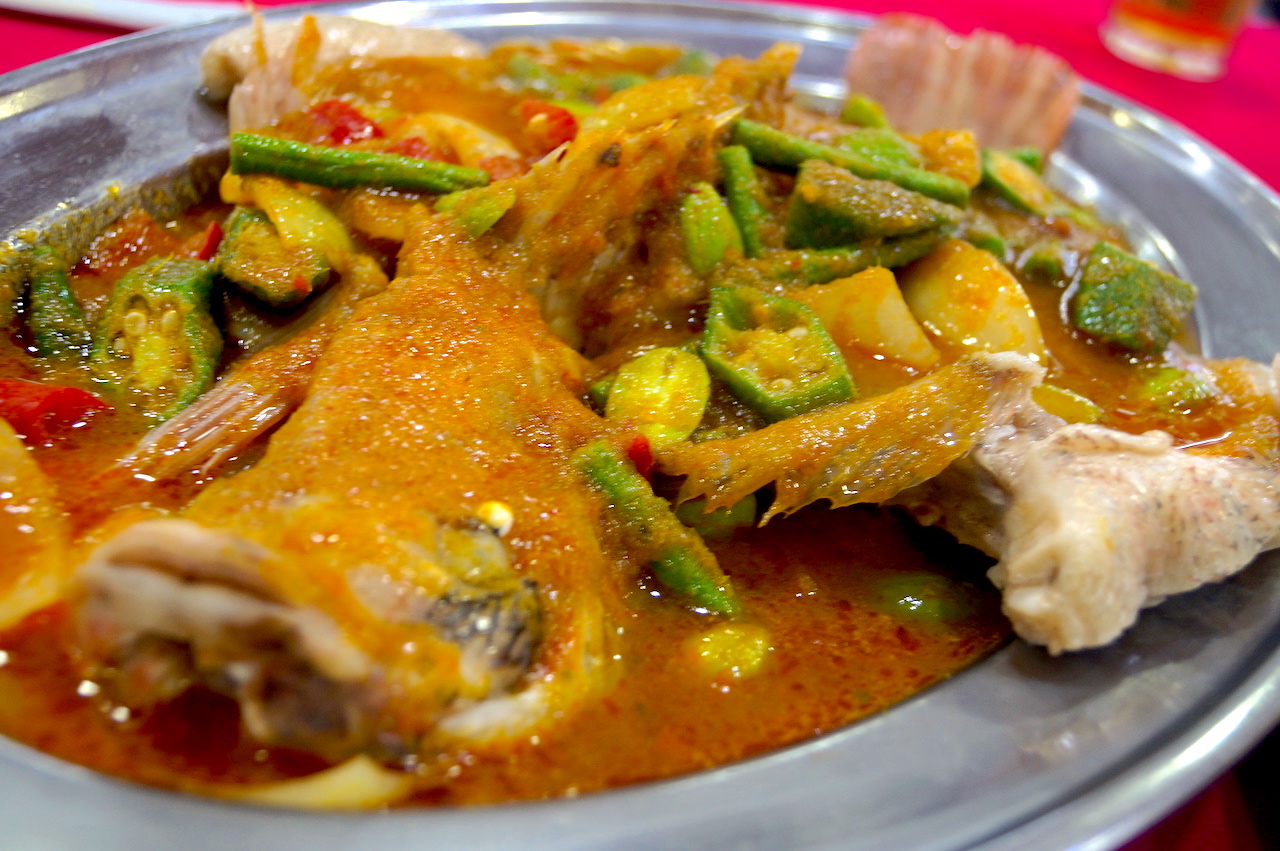
The rest of us, of course, picked the Nyonya steamed fish as our No 1 favourite dish. I, for one, go for the great tastes as long as it gives me the “oooumph!”, it is good! But, I could also see my 9-year-old son still digging into the dish for the last bit of the fish when the meal was nearly over.
The Nyonya steamed fish uses only Red Tilapia, cooked with ginger, chilli padi sauce and lemon grass that gives it the sweet and sour taste that most Malaysians like.
In fact, Restoran Seat In Kent has been the family’s favourite for many years and each time we bring our guests to try out the food here, there are only the good comments and a great sense of satisfaction.
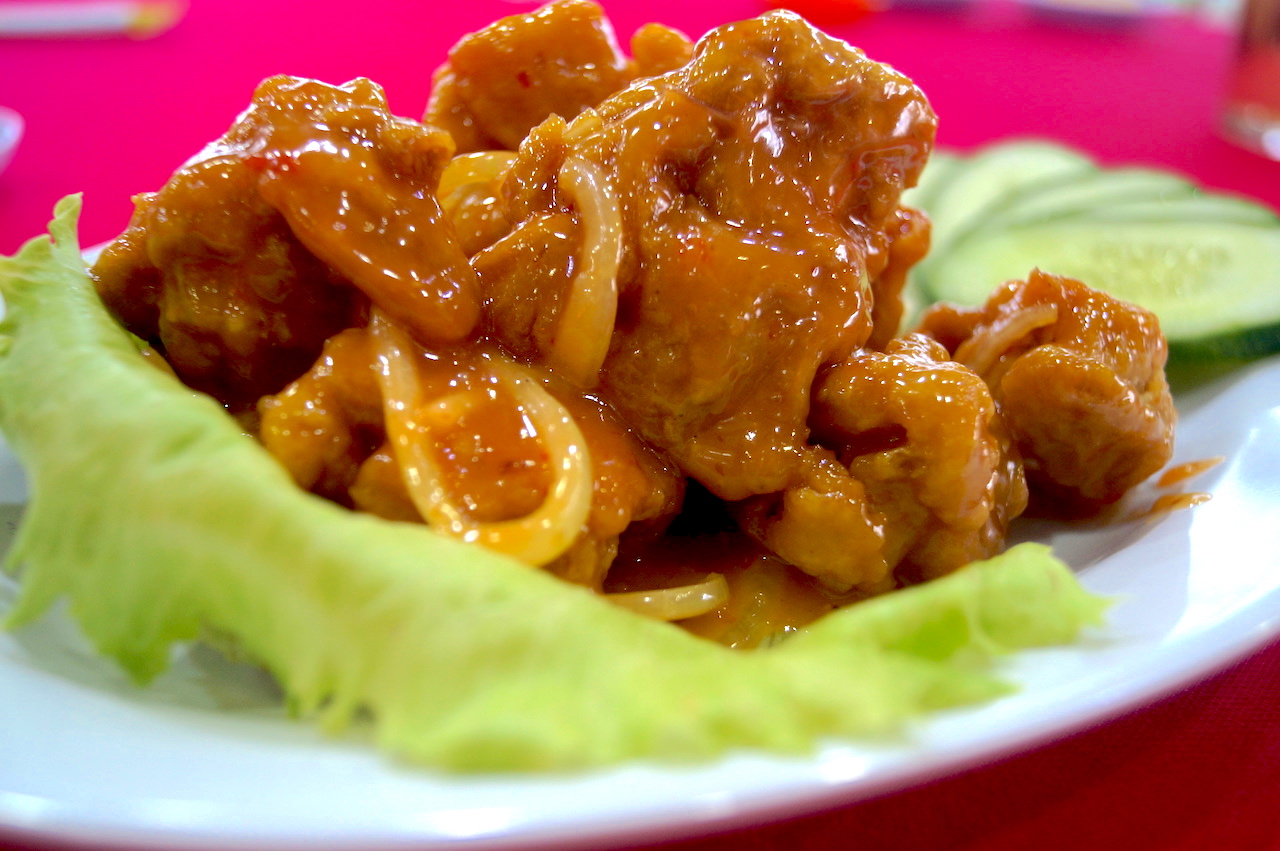
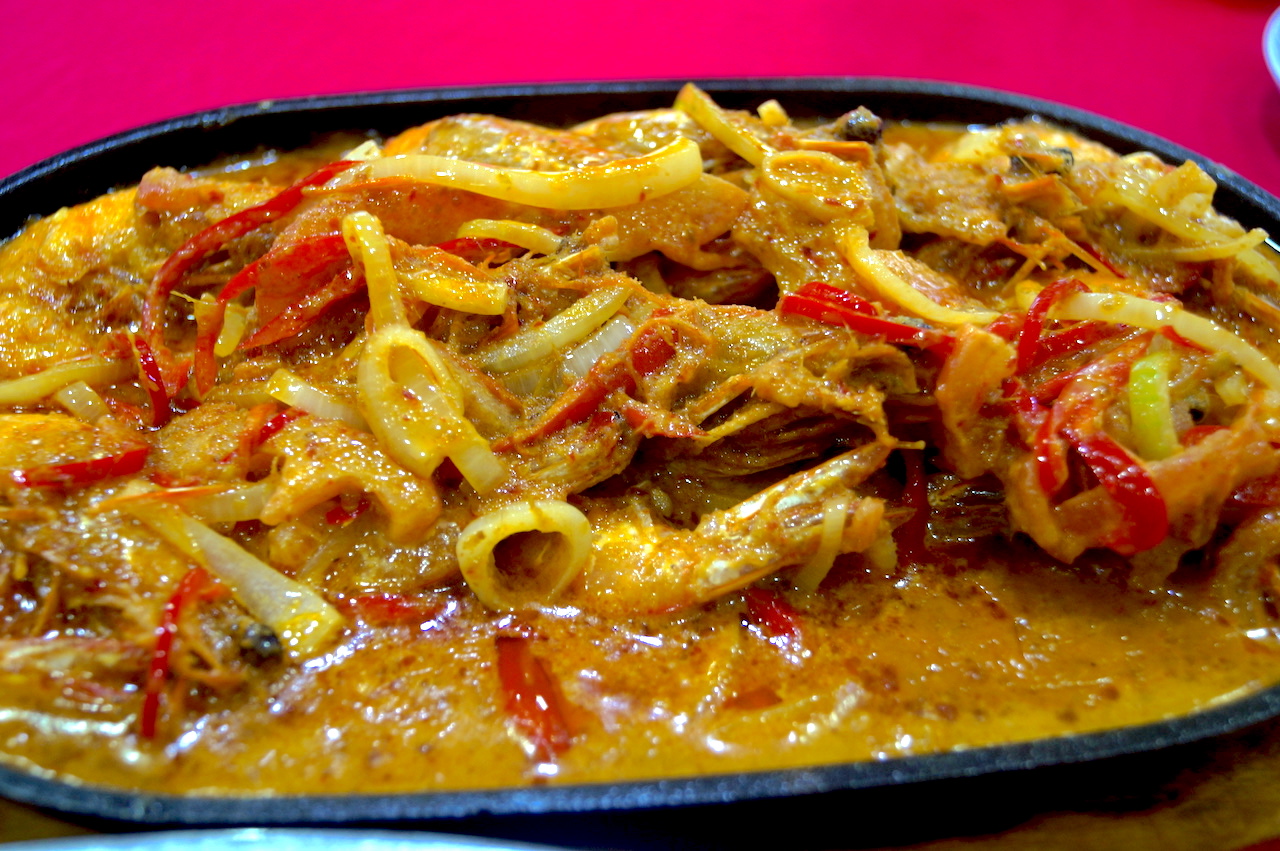
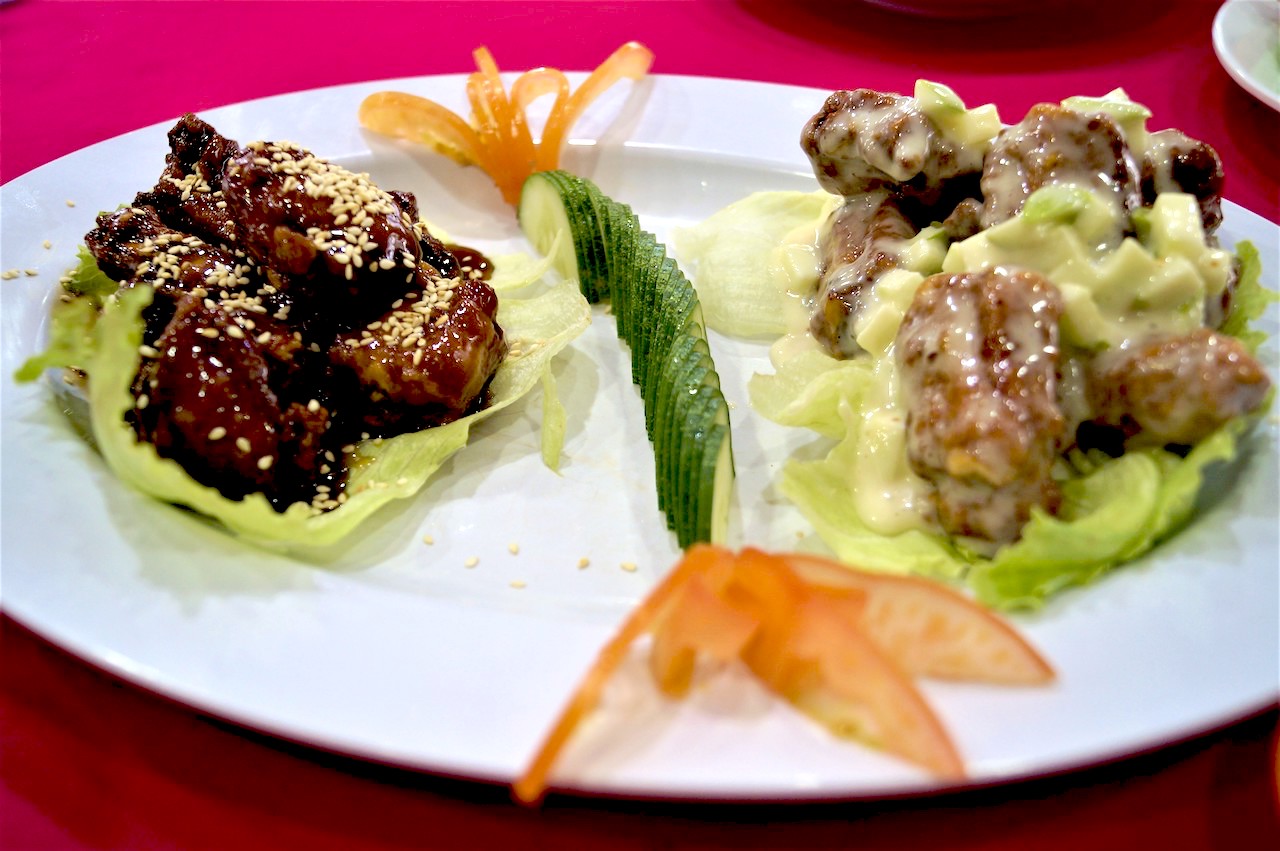
The prices are also reasonable, and for the five dishes that were served, the cost was an estimated RM186 (GST and other frills not added in yet). Besides the Nyonya steamed fish and the steamed kampung chicken, we had some of the other signature dishes – the Vietnamese Hotplate Pork Ribs, the Ying Yong Braised Pork Ribs, and the Red Homemade Mayonnaise Chicken4.
The Vietnamese Prawn dish is prepared as a curry dish, with chilli, ginger and carnation milk, instead of using coconut santan. It is also suitable for young children.
When I first wrote about this place some ten years ago, the restaurant was only a shack in Desa Jaya. When the shack was demolished to give way to a new commercial block, the restaurant had to move to Desa Aman Puri. This is the address (Jalan 1/1, Desa Aman Puri) that most bloggers still keep on their blogs and it is no longer valid.
The restaurant has since moved back to new commercial block in Desa Jaya, occupying a corner shop and there is plenty of parking lots in the area. This is one restaurant where Indian families also enjoy the Chinese-style cooking.

The wide repertoire of dishes here is simply fascinating. According to its proprietress, Chong Chu Moy, 38, from Melaka, they now have over hundred dishes and styles of cooking. With some creativity, a new dish can be put together for the table.
“This gives us a lot of flexibility to prepare the best of our dishes to suit our guests’ taste buds,” she said.
Her husband, Kent Gan Keng Chai, 48 is from Muar, Johor where they have a factory producing yam baskets.
In fact, Seat In Kent is also famous for its yam basket served with deep fried mantis prawns. The yam baskets are produced themselves, and guests can purchase these baskets to prepare their own dishes at home. They are also famous for their Marinated Steamed Pork Ribs, prepared using herbs and mushrooms to give it a natural sweet herbal taste.
I must say that the quality has been maintained for the past ten years that we have been eating there. A picture of their best seller Nyonya steamed fish which I took back then can be compared to the one taken just last week.
Address: Lot 1-1, Shop Parcel Jalan 16 (Off Jalan Pasar), Desa Jaya Commercial Centre, 52100 Taman Desa Jaya, Kepong. Tel: 03-6280 6022. They are open six days a week for dinner (3pm – 12 midnight), and closed on Mondays.
Facebook: https://www.facebook.com/Seat-In-Kent-Restaurant-767384916634216/
Waze location: https://waze.com/ul/hw28629knj
Google Map: https://goo.gl/maps/sQn7bH5Qoiv
STEPHEN NG is an ordinary citizen with an avid interest in all sorts of gastronomical delights – Western, Middle Eastern and Asian.

